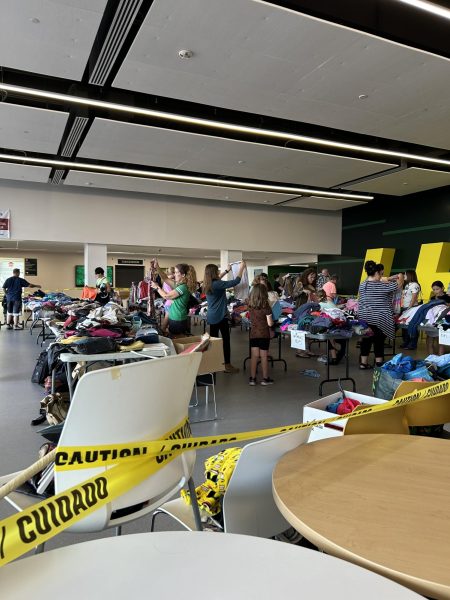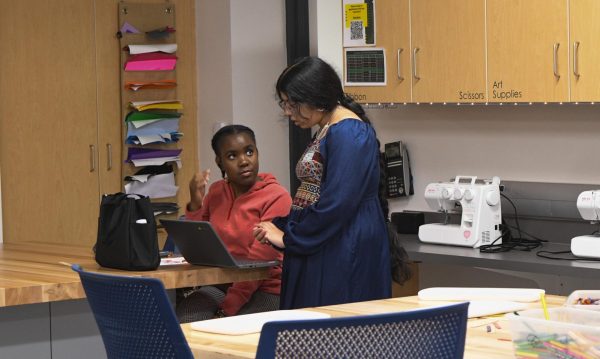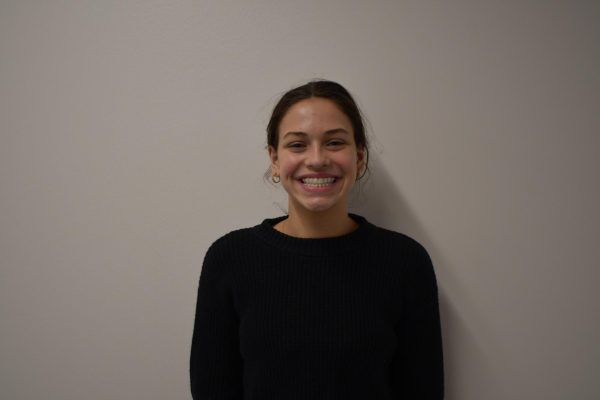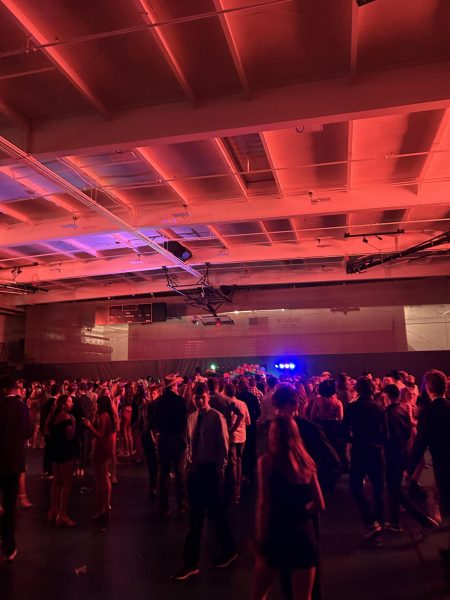Safety First
Many schools around the world have reopened despite the global pandemic. Some health experts feel that schools should open up, and some believe they should not. This is because of the high risk of transmission of COVID-19 in indoor places.
However, the CDC recommends opening schools with the approval of the local health officials because the local health officials know when there is a spike in the number of COVID-19 cases in St. Louis County. The organization also states that if a school reopens it should institute health precautions, including preparing for positive tests of students and teachers and wearing masks, due to the high likelihood of an increase in cases if a school does not follow the correct procedures. The CDC recommends to set in place lots of procedures, for example migration systems in the hallways and keeping up with the procedures put in place.
In high schools, it is possible for viruses to spread quickly because of low ventilated spaces and close contact between teachers and students. This can cause an increased chance of people passing COVID-19 from person to person. There is no way to keep students one hundred percent safe from the virus, but the spread can be limited. Lindbergh has required social distancing and masks at all times since the move to in-person instruction the week of October 26th, along with enforcing a new hall pass policy designed to decrease the number of students accessing restrooms at a time. The high school has also instituted strict contract-tracing procedures, including rigid seating charts in classes and a new QR-code system to track where students sit in both cafeterias and the commons.
Under the current rules, students who test positive for COVID-19 must be out of school for 10 days after they test positive or begin exhibiting symptoms. If a student is considered at high risk for exposure, they must quarantine for 14 days, and if a family member tests positive for the virus, quarantine lasts for 24 days.
These strict policies, which cause lower numbers of students in attendance at in-person classes, have led to assumptions that COVID-19 has spread widely in the district. In reality, as of November 30th, there were 495 students and staff quarantining district-wide. Only 13.5% of those quarantining had tested positive for the virus. Despite these new regulations, many students and teachers have been quarantined due to exposure, positive tests, and family members getting COVID-19. This has led some students to question whether Phase 2 is the safest option.
“In my opinion, I think that schools should open once we receive a vaccine to avoid exposure to COVID-19 and make our experience at school more enjoyable, since more students would be attending,” Maddie Heine (10) said.
Despite this opinion of a Lindbergh student, Lindbergh has remained in Phase II, depending on the safety procedures already in place to prevent spread. The district’s most recent statement on the virus, from Tony Lake (Superintendent), stressed the importance of personal and family responsibility in keeping LHS open safely during the holiday season.
“We can’t control what happens outside of school. Your decisions matter,” Lake said.
After months of in person learning we have continued to push through this semester despite the rise in cases in the county and rise in exposure in the district.



